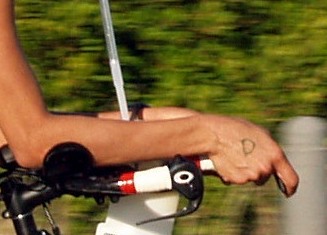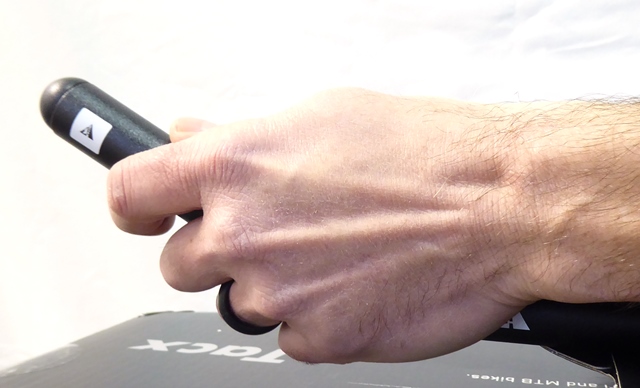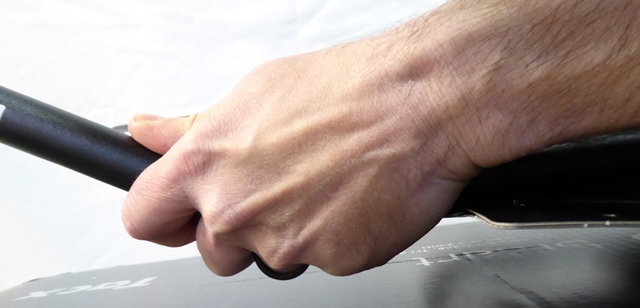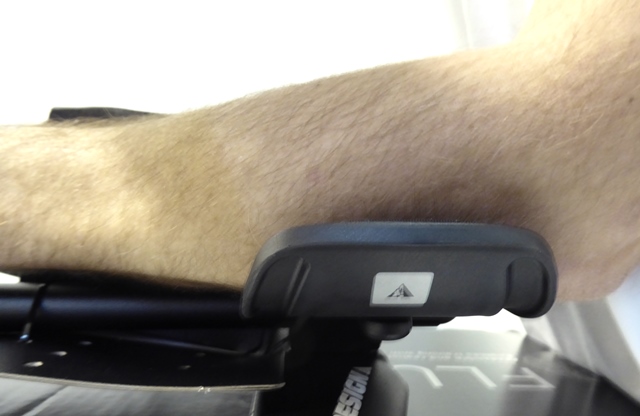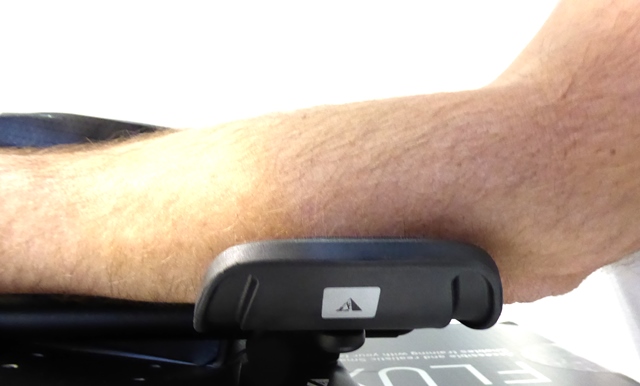How to Choose a Aerobar Extension For Your Triathlon or Time Trial
Posted by Matt Russ on 1st Jan 2025
Choosing the right aerobar extension can make a huge difference in your next triathlon or time trial, and it is a relatively cheap enhancement. Extensions come in a wide variety of shapes, but whatever design you choose make sure the aerobar is highly adjustable. Not only should the extensions move fore/after and rotate, the armrests should be movable and rotate as well. Most aerobars have abandoned a fixed design with limited or no adjustment but there are still a few out there. Note that most aerobar extensions have an outer diameter of 22.2mm meaning they may be cross compatible with other brands. You may also look at how the cables are routed and whether or not you will need/want internal cable routing.
When choosing an aerobar extension I would consider whether you will be looking for comfort, leverage, or a combination of the two. What does that mean? In a short course triathlon or especially a time trial you will be pulling up on the bars; perhaps very forcefully. This requires a leveraged position and an extension that lends itself to leverage. If you are competing in a long course triathlon or Ironman you will want to choose an extension that accommodates comfort. And if you are racing something inbetween, such as an Olympic distance triathlon, you will likely want an extension that allows you to ride multiple positions for comfort and leverage.
At one time the most popular aerobar extension shape was the "s" bend. When viewed from the side the extension created an "s" shape with the shifters positioned straight forward. This was adopted by professionals that choose this shape for its' lower profile and reduced drag in wind tunnel testing. The problem was that this was then adopted by the masses causing a lot of uncomfortable rides. The "s" bend is best suited for a leveraged position or for pulling up on the bars. For this reason it is still popular for time trialing in which comfort is secondary to leverage and reducing drag.
The "j" bend or ski bend was and is a much more comfortable design that allows you to adopt a neutral wrist angle. If you lay your arms on the armrests with your hands in their natural position a "j" bend is much more accommodating to a neutral
position. This still allows for plenty of grip strength yet conserves energy over a long course.
Aerobar extensions as I noted now come in a wide variety of shapes. It is important to note that the size of a person does matter when choosing and extension. A larger person will require a higher (not necessarily longer) extension for their bigger hands and arms, whereas a smaller person with small hands will not need as much height or the shifter will be well above their hands. Extensions can be cut down to customize your position or
eliminate excess material. Some extensions have a "j" bend shape with a dip in it that allows you to "choke up" on the extension and get leverage when needed. This is a great shape for those flexible events in which you need both leverage and comfort. The clamping system for the aerobar may be located above or below the base bar which also affects the extension height. Generally speaking a clamp that is located below the bar is usually required for a lower (aggressive) torso which is usually not desired for most cyclists.
I will not cover too much on aerobar position but it is important to note that the aerobar pad position is very important to overall comfort. A leveraged position will require a pad that is higher on the forearm or more towards the hand, whereas the most comfortable
position is just in front of the bony condyle of the elbow supporting the torso. If you are positioned correctly you should not need to alter your position in the aerobars to shift. If you find yourself sliding forward on the pads to shift the extensions are too far out in front of you and the distance between the shifters and armrests too great. When it comes to extension width the tendency is to go narrow for less aerodynamic drag. This may not be the case however, and the only way to prove this is in the wind tunnel. For example a big cyclist in a narrow position may cause the air to go around the arms and into the hips. You also want to avoid blocking airflow onto
a shaped tube; that shaping is what you pay all that money for! Putting the arms very close together may cause dirty air that could flow better if allowed to go between the arms and onto a shaped seatpost. Again, you need a wind tunnel to prove these fine adjustments. Narrow arms also produce more fatigue in the shoulders which is the opposite of what a triathlete wants having just swum a couple of miles.
If comfort is the objective I like to start the selection process by taking an aerobar off the wall and just having the customer lay their arms on top of it. We can then find the right height and shape based on their neutral/natural position of the wrist. From there it is all about adjustment and fit and I must reiterate that an aerobar that allows a high level of adjustment is always better. Find the right aerobar extension and other aerobar accessories at The Sport Factory, and remember that an extension in the wrong place does not solve a problem, it creates one.



